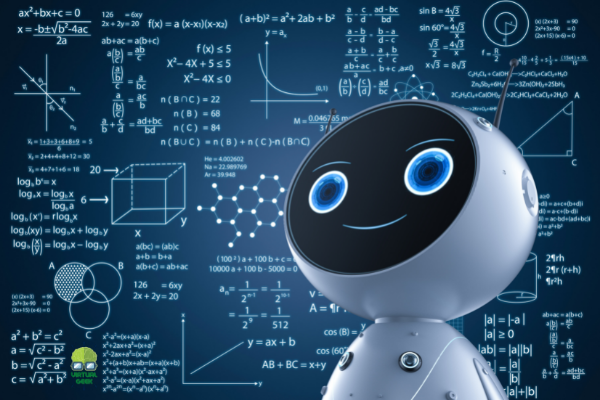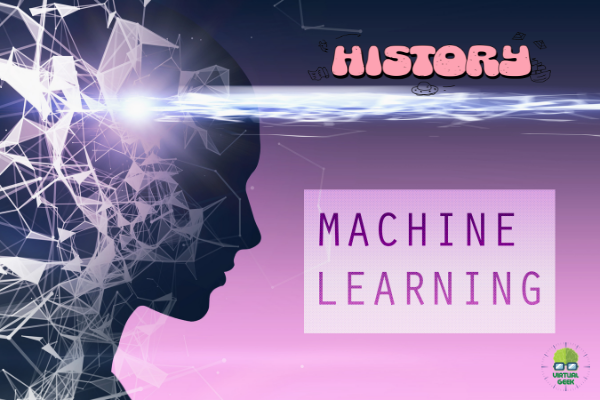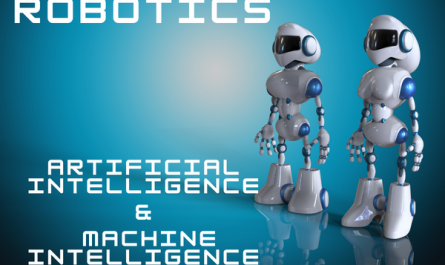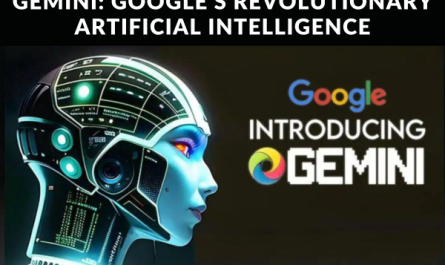Table of Contents
Will the day come when machines learn and unlearn on their own? Perhaps that time has already arrived.
Machine learning is grounded, in part, on a model of brain cell interaction. The model was created in 1949 by Donald Hebb in a book entitled” The Organization of Behavior”. Lately, it was defined by Stanford University as” the wisdom of getting computers to act without being explicitly programmed”.
In 1967, the k- NN Nearest Neighbour algorithm was cooked, which was the morning of introductory pattern recognition. This algorithm was used to collude routes and was one of the first algorithms used to find a result to the” traveling salesperson” problem to find the most effective route.
The boosting algorithm is used to reduce bias during supervised learning and includes machine learning algorithms that transfigure” weak learners” into strong learners.
Machine learning is a branch of artificial intelligence that houses different styles or algorithms that are necessary to automatically produce models from a set of data. While an unequivocal rule- grounded system will perform a task the same way every time, the performance of a machine learning system can be bettered through training and by exposing the algorithm to further data.
Machine learning algorithms are divided into supervised and unsupervised. In the former, the training data is related to the responses. This type of algorithms are used to break bracket problems.
In unsupervised algorithms, they don’t have the connections with the responses, so they’re generally used for analysis. The problems in which it’s used, thus, are of the associative type, clustering that allows us to search for analogous objects from a larger group and dimensionality reduction.
Machine learningrelies on a series of algorithms to convert a data set into a model. The choice of algorithm to perform this task must be grounded on three abecedarian bases the quantum of coffers available, the type of data to be used and the type of problem to be answered.

The most common algorithms in Machine Learning are:
- Bracket algorithms
- Retrogression algorithms
- Clustering algorithms
- Dimensionality reduction algorithms
- Grade descent
In feed-forward networks, all neurons are organized in different layers. The first of these is the input subcaste, where the data to be reused is entered, followed by an indeterminate number of retired layers where the processing is performed and, eventually, an affair subcaste. Another important specific of this type of network is that the processing is performed in only one direction, which is different from intermittent neural networks, which can take information from former inputs and therefore impact the current input and affair.
The convolutional neural network is a special type of neural network that is, as we will see latterly, especially effective in image recognition and bracket. Because of this, they’re extensively used in arenas that bear the identification of objects, faces and business signs, as well as being a abecedarian part for independent buses and robots as they allow them to dissect and structure all the objects around them.
Natural language processing( NLP) is another major operation area for deep learning that gives computers the capability to read, understand and interpret mortal language. It helps them hand sentiment and determine which corridor of mortal language are important.
Underpinning learning trains an actor or agent to respond to an terrain in a way that maximizes some value, generally by trial and error. This is different from supervised and unsupervised learning, but is frequently combined with them.
In creating a deep learning model, generally the first step is to clean and condition the data, followed by point engineering, and also testing any machine learning algorithms that make sense. For certain classes of problems, similar as vision and natural language processing, the algorithms that are likely to work involve deep learning .




